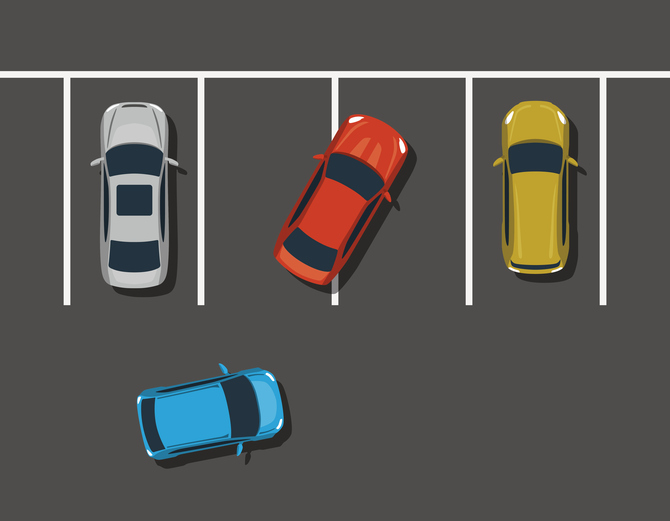What are Driving Test Routes?

Driving test routes play a significant role in the practical driving examination process. By understanding the importance of these routes, accessing relevant information, and adopting effective preparation strategies, you can increase your chances of passing your driving test and obtaining your driver's license successfully
Summary
Driving test routes are the backbone of any practical driving examination. As a learner driver, being familiar with these routes can significantly enhance your chances of passing your driving test with flying colors. In this comprehensive guide, we delve into the intricacies of driving test routes, shedding light on what they entail, why they matter, and how you can best prepare for them.
What Are Driving Test Routes?
Driving test routes are predetermined routes that examiners use during practical driving tests to assess a candidate’s driving skills, knowledge of road rules, and ability to navigate different road conditions. These routes typically cover a variety of road types, including residential streets, main roads, highways, roundabouts, and intersections.
Why Driving Test Routes Matter
Understanding driving test routes is crucial for several reasons:
1. Familiarity Breeds Confidence
Familiarity with the routes can boost your confidence on the day of the test. Knowing what to expect and how to navigate each section of the route can help alleviate nerves and allow you to focus on demonstrating your driving skills effectively.
2. Strategic Preparation
By familiarizing yourself with the routes, you can strategically plan your practice sessions. Concentrating on areas where you feel less confident or encounter difficulty can help you hone specific skills and improve your overall driving proficiency.
3. Minimizing Surprises
Knowing the routes reduces the likelihood of encountering unexpected challenges during the test. This allows you to anticipate potential hazards, follow instructions promptly, and make informed decisions while driving, ultimately increasing your chances of passing the test.
Learn more: How to Boost Your Confidence Before Your Driving Theory Test
How to Access Driving Test Routes
Accessing driving test routes can be challenging, as official test routes are generally not publicly available. However, there are several ways you can gain insights into potential test routes:
1. Driving Instructors
Experienced driving instructors often have valuable insights into the local test routes based on their knowledge and past experiences. Enrolling in driving lessons with a reputable instructor can provide you with valuable guidance and practice on routes similar to those used in the actual test.
2. Online Resources
While official driving test routes may not be accessible online, there are forums, websites, and social media groups where individuals share their experiences and insights about specific test centers and routes. Engaging with these online communities can offer valuable tips and insights to help you prepare effectively.
3. Mock Tests
Taking mock driving tests with qualified instructors or driving schools can simulate the conditions of the actual test, including the routes used by examiners. Mock tests allow you to practice driving under test conditions and receive feedback on areas that require improvement.
Pass the theory test
This course has everything you need to pass your driving theory test first time. Includes licensed DVSA content.Tips for Mastering Driving Test Routes
To excel in your driving test, consider the following tips:
1. Practice Regularly
Consistent practice is essential for building confidence and proficiency behind the wheel. Allocate dedicated practice sessions to familiarize yourself with different road types, traffic conditions, and maneuvers commonly encountered during the test.
2. Focus on Weak Areas
Identify areas where you feel less confident or encounter difficulty during practice sessions. Targeted practice in these areas can help you overcome challenges and improve your overall driving performance.
3. Stay Calm and Focused
On the day of the test, remain calm and focused throughout the examination. Pay close attention to instructions from the examiner, follow road signs and markings diligently, and maintain safe driving practices at all times.
4. Practice Defensive Driving
Adopting a defensive driving approach can help you anticipate and respond to potential hazards effectively. Stay alert, scan the road ahead for potential dangers, and always prioritize safety over speed.
5. Learn from Mistakes
If you make a mistake during the test, don’t dwell on it. Focus on correcting the error and continuing to drive safely. Remember that everyone makes mistakes, and the key is to learn from them and improve your driving skills.
Conclusion
Driving test routes play a significant role in the practical driving examination process. By understanding the importance of these routes, accessing relevant information, and adopting effective preparation strategies, you can increase your chances of passing your driving test and obtaining your driver’s license successfully


